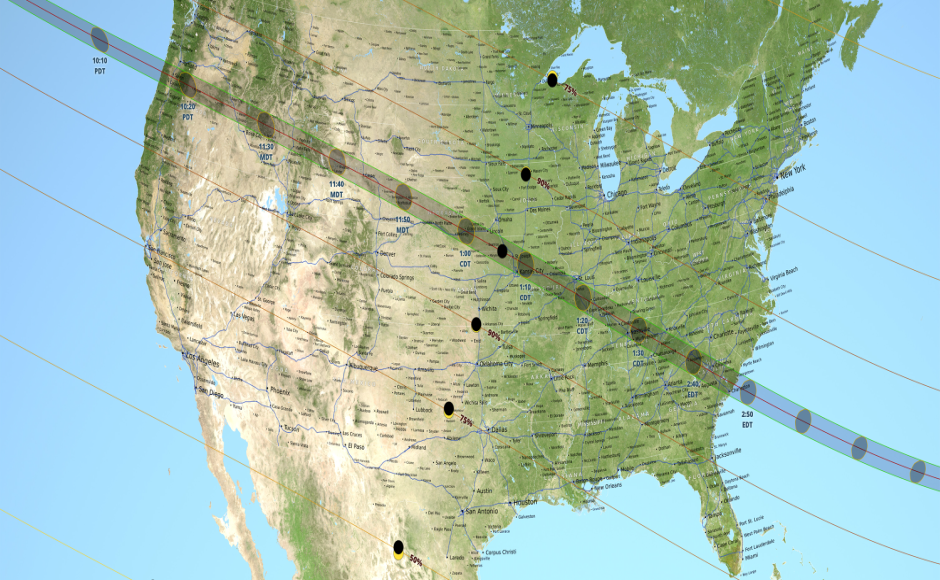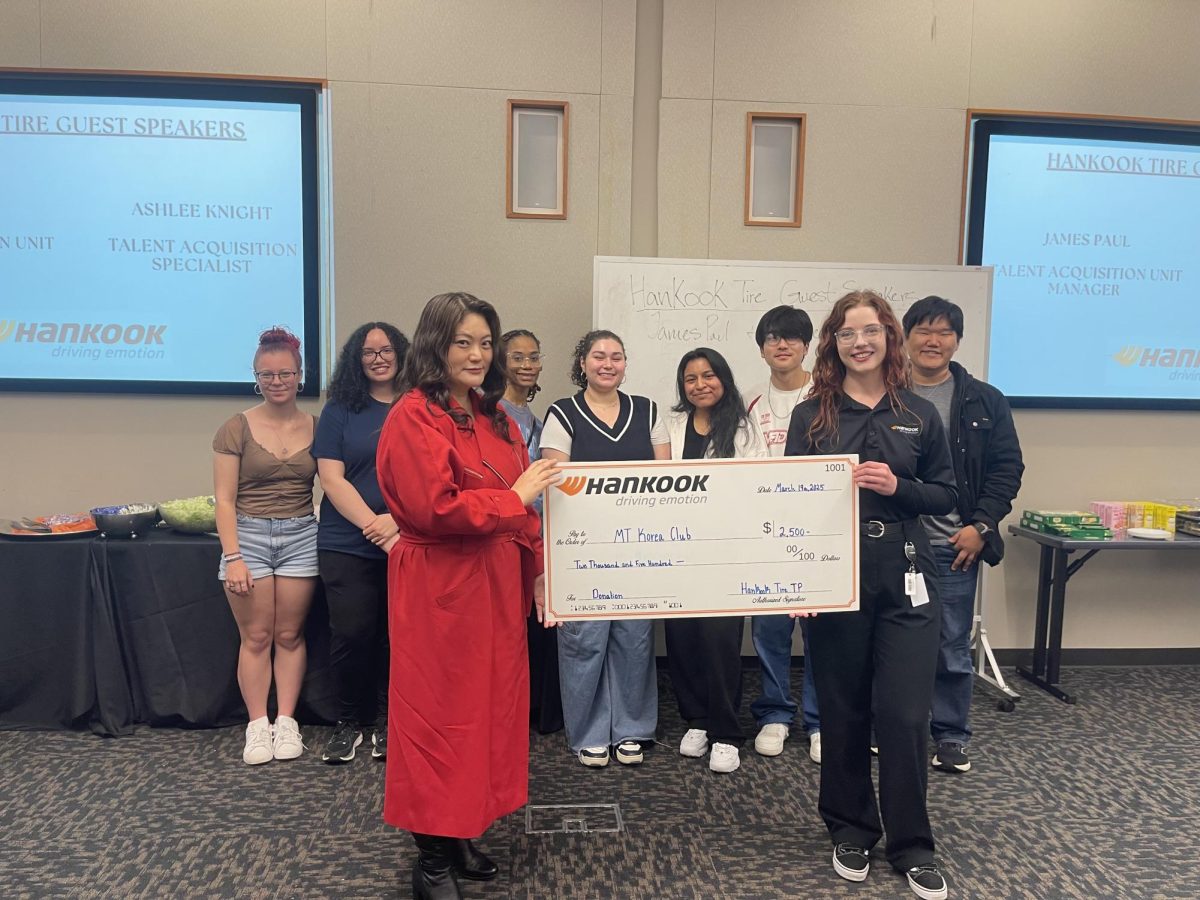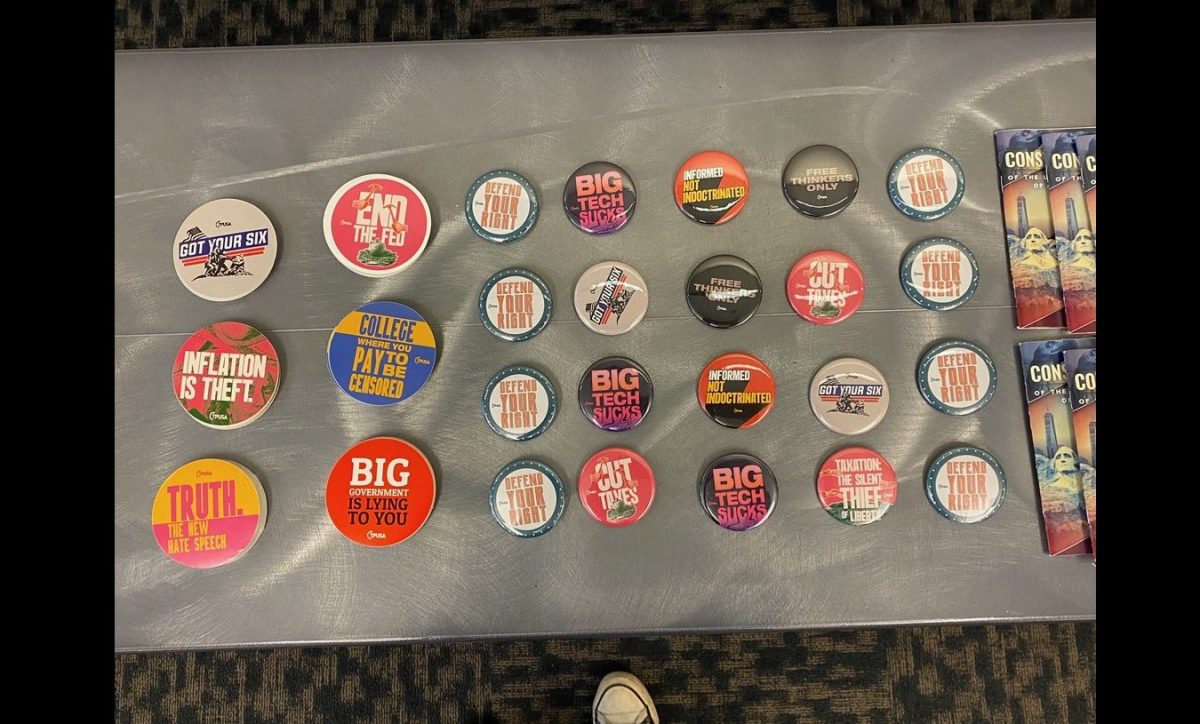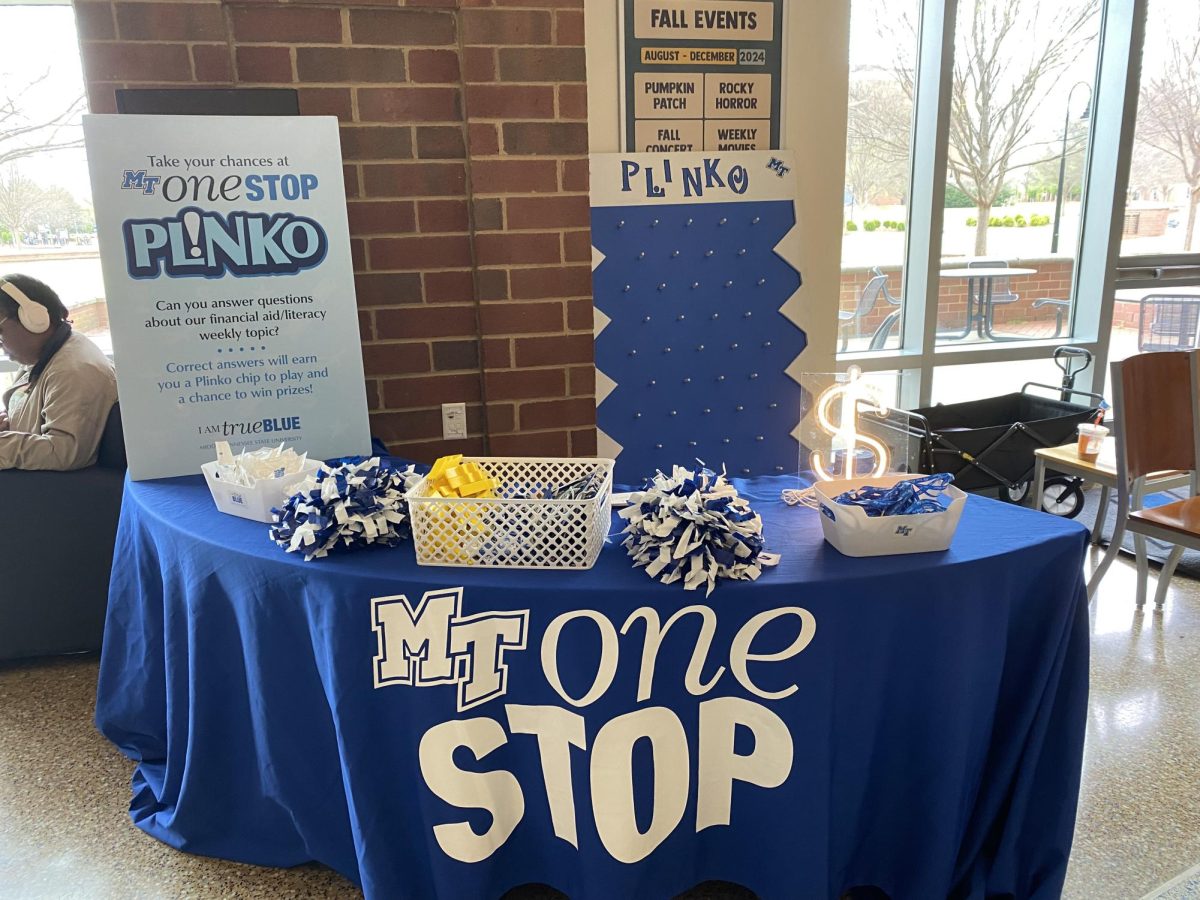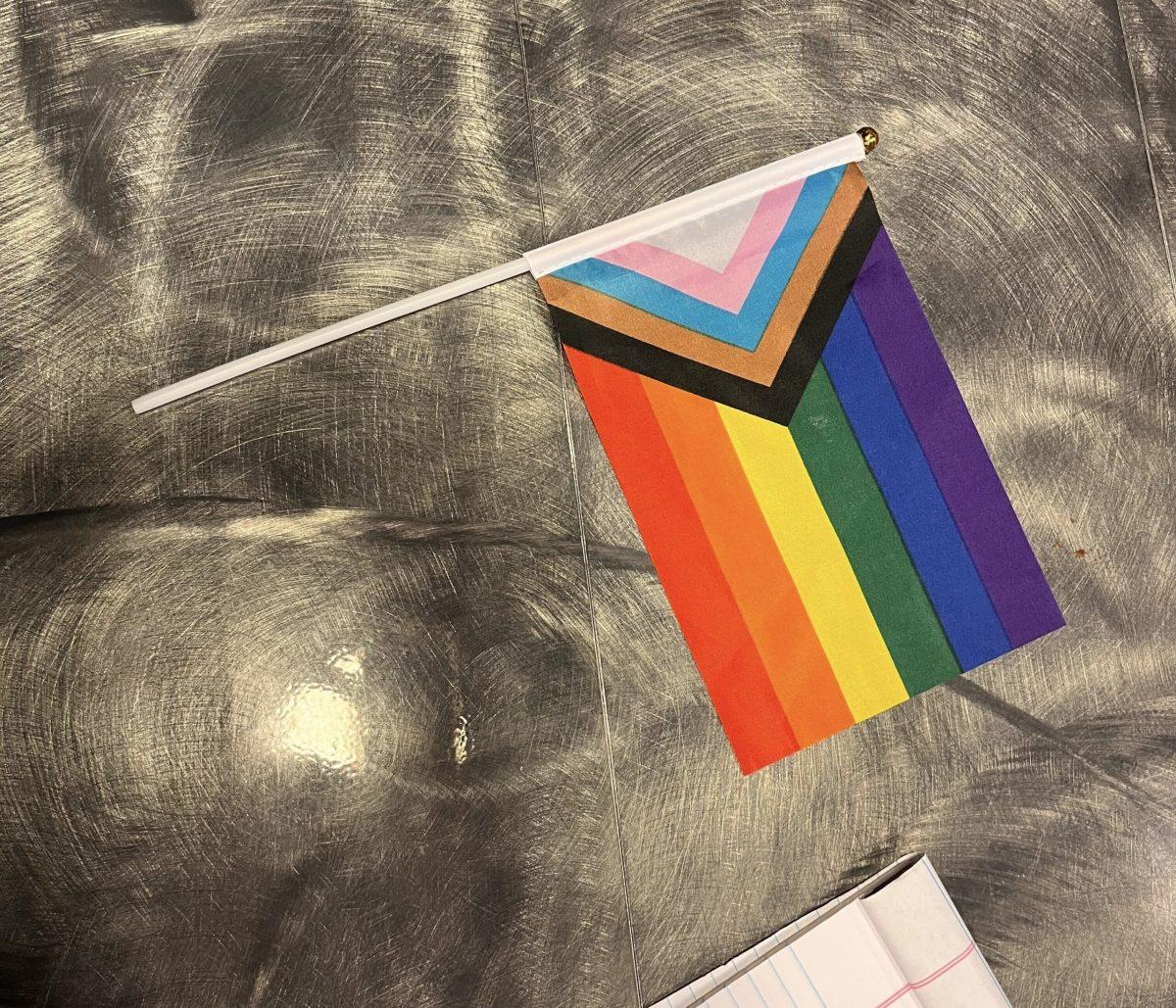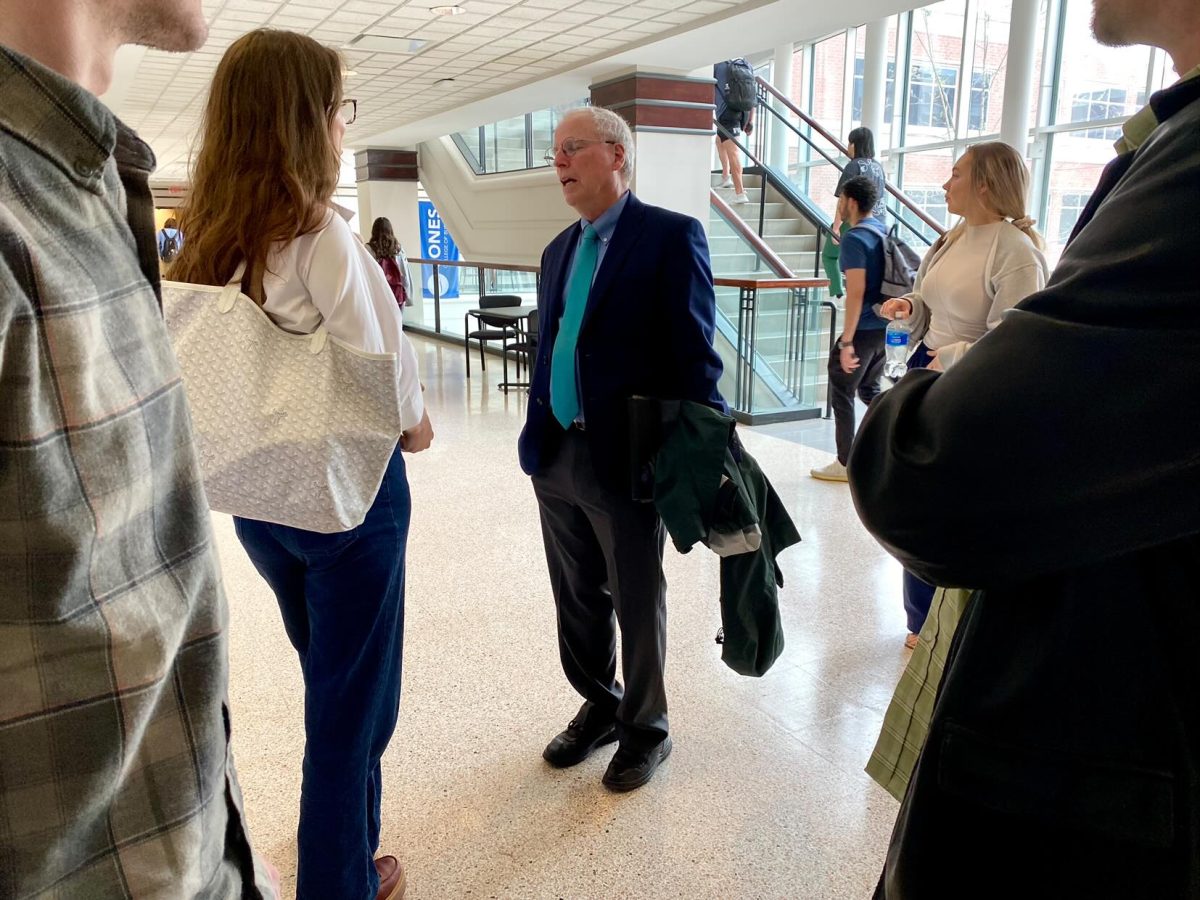Photo courtesy of NASA
With the 2017 solar eclipse almost upon Murfreesboro, many may wonder why the experience is special or why it is occurring at all. The science behind the celestial event can be seen as both simple and complicated, but to understand the eclipse, one has to look to the facts. Chuck Higgins, an MTSU professor of physics and astronomy, spoke with Sidelines to answer the most asked questions regarding the total solar eclipse. Read below to learn about the science behind the once-in-a-lifetime event.
How rare is the 2017 eclipse?
“In general, total solar eclipses are not that rare, but a total solar eclipse for a particular location is very, very rare. On average, they happen every 375 years for a particular place on the Earth, but the last one that occurred in middle Tennessee was 1478, over 500 years ago. The next one will be 2566.”
What part of Tennessee will experience the totality the longest? Where will it be the shortest?
“The longest part of totality occurs along the center-line of the Moon’s shadow path. For this particular eclipse, the longest duration is about two minutes and 40 seconds. Totality will be the longest along a path starting North of Nashville, just North of Springfield and will cut across Tennessee in a diagonal path going near White House, Gallatin, Gordonsville, Sparta, Spring City and Tellico Plains. Since the path is about 70 miles wide, those places about 35 miles away from the center-line will receive the least amount of totality. Murfreesboro and Cleveland, Tenn. are near the edge of totality on the southern side, and Celina and Oak Ridge are near the edge on the northern side. Franklin, Knoxville and Chattanooga are outside the path of totality.”
Why will some portions of Tennessee experience the totality for much longer than others?
“Totality is longer near the center of the lunar shadow; it simply takes longer to pass over your location. At the edge of the shadow, it takes less time to pass over you, thus a shorter time of totality.”
Why will the eclipse occur on the particular day that it occurs? What, in general, causes the eclipse?
“Solar eclipses are caused (when) the Moon passes exactly in between the sun and the Earth, and the lunar shadow is cast onto the surface of the Earth. All three bodies must line up in the same plane in space. The moon must be in the New Phase, but because the lunar orbit is tilted five degrees in space, relative to the earth-sun plane, we do not get an eclipse every time there is a New Moon. Therefore, on Monday, August 21, 2017, the moon is in the New Phase, and the lunar orbit is exactly in line with the sun and the Earth.”
Can one go blind while viewing the eclipse?
“Yes, if you look directly at the sun for more than just an instant without proper eye protection, you can do serious damage to your eyes. If you look long enough at the sun without eye protection, it can lead to blindness. Please get the special solar eclipse glasses to view the sun during the eclipse. However, let me be clear: If you are in the path of totality; that is, when the moon completely covers the sun, you can look directly at the sun without eclipse glasses. It is safe but only for that one or two minutes. As soon as you see light returning after totality, you must put your eclipse glasses back on.”
How are solar eclipses predicted?
“Eclipses are predicted by scientists because the orbit of the moon and the Earth are very well known. Using the understanding of the laws of gravity and motion, mathematical models are used to predict when the alignments will occur in the future.”
How will the 2017 eclipse affect the planet when it occurs?
“Over the three hours that it takes the moon to go through the complete eclipse, partial – total – partial, the air temperature will cool off by about 10 degrees or so. Thus, it will affect the atmosphere and scientists can study the amount of energy that reaches Earth from the sun. Animals will think nighttime is approaching, so the birds will stop chirping and go back to their nests. Other animals may get quiet, but this is not well known and scientists are studying this. Scientists are also studying the effects that the shadow has on Earth’s ionosphere, the region of charged particles above the atmosphere. As a matter of fact, MTSU is partnering with NASA to study changes in the Earth’s ionosphere during the solar eclipse. (I am) leading the MTSU effort to engage citizen scientists to use radio telescopes to monitor radio emissions from space. We have a group of 25 observers around the country to gather data to be analyzed after the eclipse.”
How many eclipses are there in a year, and why is this one special?
“Due to the changing Earth and lunar orbits, solar eclipses happen two to five times per year. However, total solar eclipses can happen only every 1.5 years. There is nothing special about this eclipse except that it passes over populated areas. It passes centrally across the U.S. and will probably be witnessed by more people than ever before.”
Can astronomers use eclipses to detect anything on a cosmic level? Why is it important for experts to study eclipses?
“Astronomers generally use the eclipse to study the outer atmosphere of the sun, called the corona. This is the best time to do that because of the unique view during totality. Also, scientists can make very precise corrections in the lunar orbit, study the sun-earth radiation budget, and the Earth’s ionosphere. Also, and perhaps the best known experiment, astronomers use solar eclipses to verify Einstein’s general theory of relativity. The first confirmation was done in 1919, four years after Einstein’s theory was published.”
Why is the eclipse important for the people of Tennessee to experience?
“The eclipse is important because it is so unique. It is a fantastic experience that will inspire, educate, enlighten and transform all those that are lucky enough to witness it.”
For more information on MTSU and the 2017 eclipse, visit here.
To contact News Editor Andrew Wigdor, email newseditor@mtsusidelines.com.
For more news, follow us at www.mtsusidelines.com, on Facebook at MTSU Sidelines and on Twitter at @Sidelines_News.


